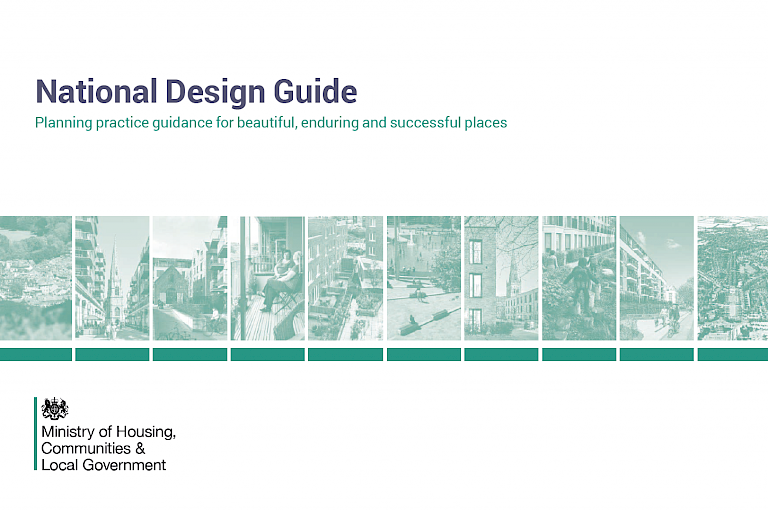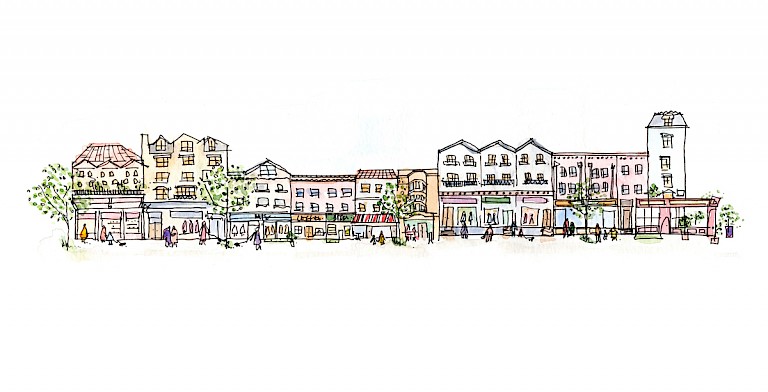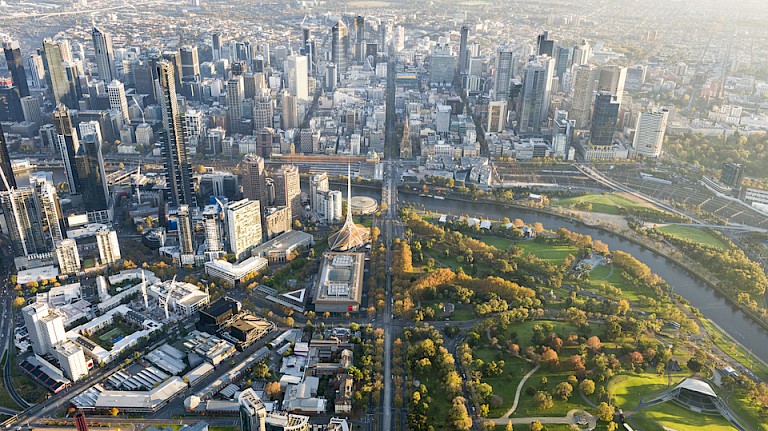
Earlier this week, the government launched the National Design Guide, a document intended to be an easy to use toolkit for local planning authorities, developers, built environment professionals and other agencies to ensure that quality is embedded in policies, programmes and projects. The guide is centred around ten characteristics of well-designed places that contribute to the themes set out in the National Planning Policy Framework (NPPF), and that strive to positively address environmental issues.
On first look it doesn’t appear to include anything ground breaking, instead reinforcing the principles that we should all be integrating into our daily practice. However, its advocacy of a holistic design approach is encouraging. It highlights, for instance, the need for functional and sustainable buildings as well as a design that responds to the local context and that considers and optimises nature. A series of good practice case studies are used throughout, including our own Buccleuch House as an exemplar of socially inclusive design.
The intention is that the National Design Guide should be considered alongside the NPPF and be a material consideration in planning applications and appeals. This heightens the importance of design in the planning process, a move that we’ve all been waiting for. Theoretically, then, this design guide (and subsequent design code, which is due to be published in the new year), should help prevent planners side-lining design as a planning issue. It should set a precedent for local authorities to produce design guidance of their own, which in turn should help promote design quality, and equip built environment professionals with the knowledge and guidance to support their work.
It’s introduction is certainly a step in the right direction and a welcome addition to the existing NPPF, so let’s hope it does some good!



